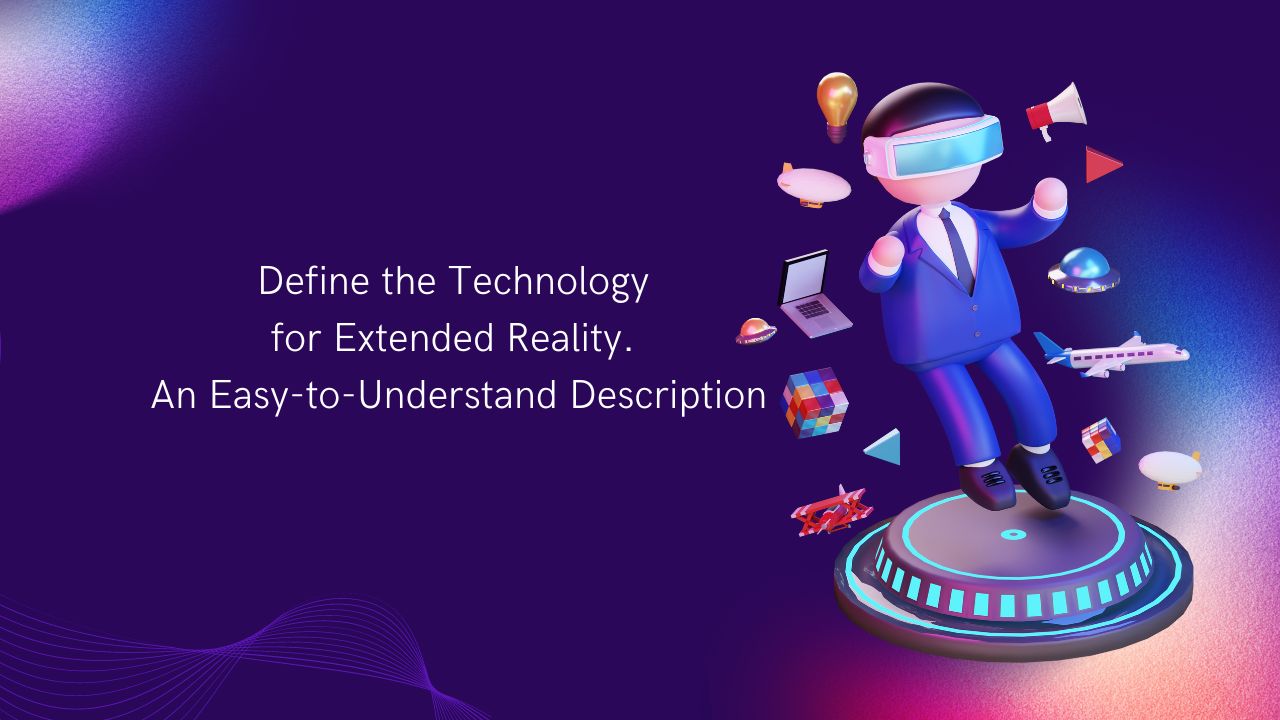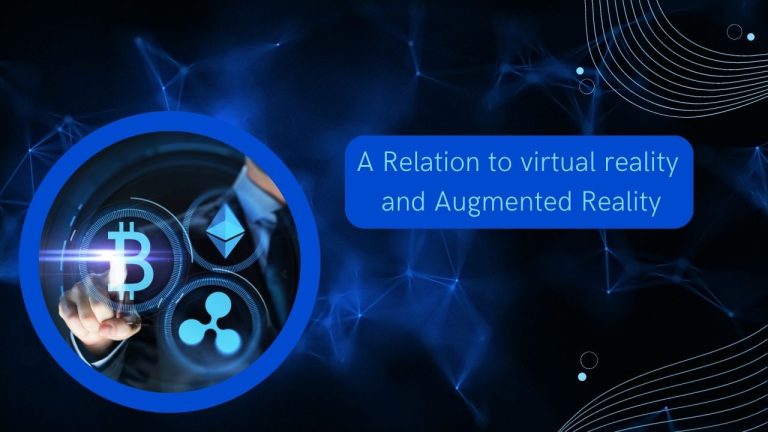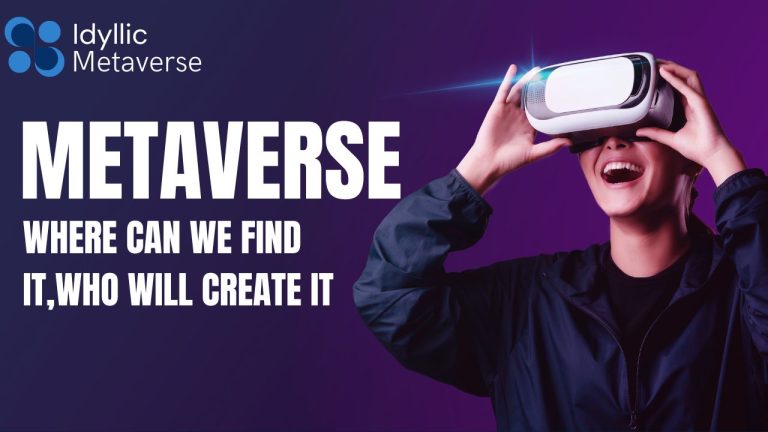the Technology for Extended Reality. An Easy-to-Understand
Introduction of Extended reality (XR)
The word “XR,” which is relatively new, applies to all immersive technology. The ones that are still in development as well as the ones we already have, such as augmented reality (AR), virtual reality (VR), and mixed reality (MR). By fusing the virtual and “real” worlds or generating a completely immersive experience, all immersive technologies expand the reality we experience. More than 60% of respondents thought XR would become widely used over the next five years. Let’s study each current technology to gain a clearer idea of XR.
Augmented reality (AR)
Virtual items and information are superimposed on the real world in augmented reality. With the help of digital elements like photographs, text, and animation, the real world is enhanced in this encounter. The experience is available on televisions, tablets, and smartphones as well as through AR glasses. As a result, users are not cut off from the outside world and may still interact and observe what is happening. The Pokémon GO game, which superimposes virtual creatures on the actual world, and Snapchat filters, which affix virtual hats and spectacles to your head, are the two most well-known applications of augmented reality.
A virtual world (VR)
Users are completely submerged in a digital simulation during a virtual reality experience, as opposed to augmented reality. For a 360-degree view of an artificial world that tricks the brain into thinking the user is, for example, walking on the moon, diving under the ocean, or entering whatever new universe the VR developers built, users must don a VR headset or head-mounted display. Early users of this technology included the gaming and entertainment sectors, but organizations across a range of sectors, including the military, construction, healthcare, and engineering, are finding great value in VR.
Multiple reality (MR)
Real-time interaction between digital and physical items is possible in mixed reality. This most modern immersive technology has been referred to as hybrid reality. It needs far more computing power than VR or AR and an MR headset. A wonderful example is Microsoft’s HoloLens, which, among other things, enables you to place digital items into the space in which you are standing and then interact with them in any way you see fit. Businesses are investigating how they might use mixed reality to address issues, promote projects, and improve their operations.
Commercial applications of extended reality
XR has a wide range of useful uses. To name a few:
Retail:
XR allows buyers to experience products before they buy. With the help of an augmented reality app, you can try on Rolex watches on your wrist, and IKEA buyers can use their smartphones to arrange furniture in their homes.
Training:
And even more so in life-or-death situations, XR can offer hyper-realistic training tools that will assist soldiers, medical professionals, pilots and astronauts, chemists, and others in finding solutions to issues or learning how to react to perilous situations without endangering their own or anyone else’s lives.
Remote work:
Employees can connect to their home workplace or with experts around the globe in a way that simulates being in the same room.
Marketing:
The potential for XR to engage with consumers and potential customers will have marketing professionals considering all the ways they might use XR to benefit their business.
Real estate:
If people can “walk through” areas to decide if they want it even when they are in another location, finding purchasers or tenants may be easier.
Entertainment:
The sector will continue to develop new applications for immersive technologies as an early adopter.
Problems with XR
Several of the barriers to widespread adoption are being overcome by those working on XR technologies. First, XR technologies gather and analyze enormous amounts of very sensitive data about your daily activities, including what you look at, do, and even feel. This data must be protected.
In addition, the cost of adopting the technology must decrease; otherwise, many businesses won’t be able to do so. The wearable technology that enables a comprehensive XR experience must be stylish, comfortable, always connected, intelligent, and immersive. The display, power and thermal, motion tracking, connectivity, and common illumination are just a few of the significant technical and hardware problems that need to be resolved to prevent virtual objects in the real world from appearing identical to real objects, especially when the lighting changes.
We are getting closer to finding solutions to these problems every day, which means that over the next few years, all XR technologies will be used in a much wider range of everyday applications.
FAQS:
In brief, what is Extended Reality?
Real-world interaction with computer-generated pictures and virtual settings is combined in extended reality (XR). In essence, Extended Reality is a superset of Mixed Reality, Virtual Reality, and Augmented Reality (MR).
What does XR stand for?
The term “Extended Reality” encompasses all of these technologies, including augmented reality (AR), virtual reality (VR), mixed reality (MR), and everything in between (XR). Even though AR and VR provide a wide range of innovative experiences, XR is supported by the same core technology as AR and VR.







